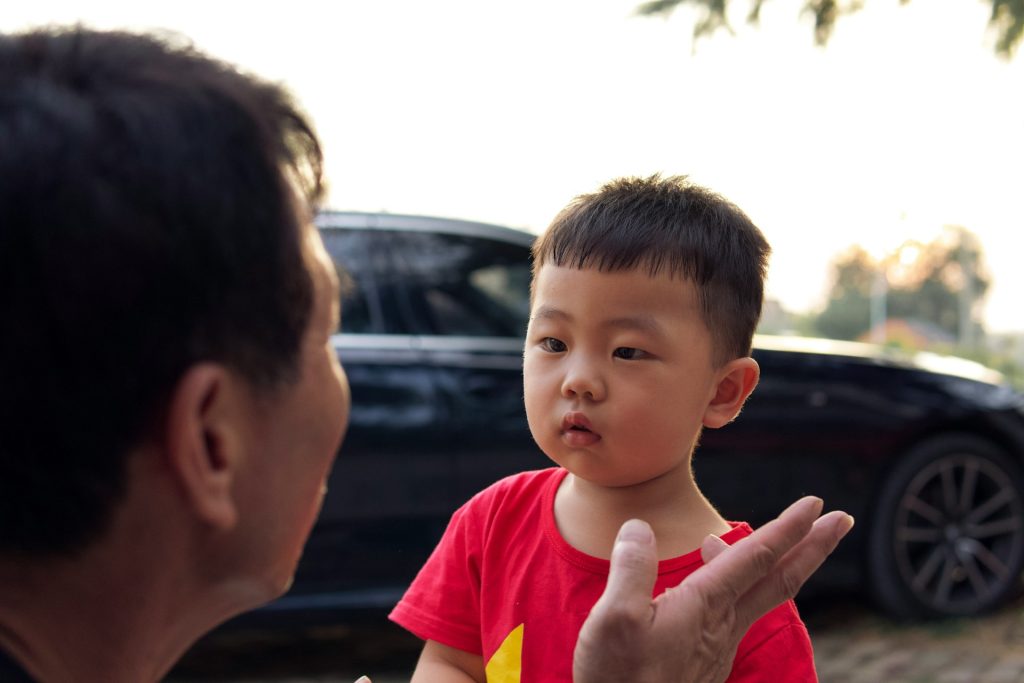
You may believe your children are glued to their tablets while you and your partner debate bills or chores, but make no mistake—little ears and eyes are soaking in every interaction. Research shows that kids begin internalizing conflict styles as early as preschool, and by adolescence many can predict parental blow‑ups before they happen.
The good news? When handled well, disagreements become live masterclasses in empathy, resilience, and respect. Below are nine specific lessons children learn from watching how you argue—and tips to model healthier conflict at home.
1. Whether Emotions Are Safe or Dangerous
When voices spike and doors slam, children’s brains can register the scene as a threat, elevating cortisol levels. Repeated exposure teaches them that big emotions equal danger and should be avoided or explosively released. If, instead, you label feelings (“I’m frustrated because…”) and keep your body language steady, kids learn that strong emotions are manageable and safe to express.
Model It: Take a calming breath before responding and describe your feeling in words rather than in volume.
2. How Power Is Shared—or Abused
Arguments reveal who gets the final say and how. If one parent steamrolls or dismisses the other, children may equate love with control, repeating that dynamic in future friendships or romances. Cooperative negotiation shows them that healthy relationships balance power and prioritize mutual respect.
Model It: Use equal airtime rules—each person speaks without interruption for a set minute before trading turns.
3. The Difference Between Criticism and Complaint
“I’m upset the dishes weren’t done” pinpoints a behavior; “You’re so lazy” attacks character. Hearing the latter, kids learn that blame and name‑calling are acceptable venting tools. When parents focus on specific issues, children see that problems can be solved without tearing someone down.
Model It: Start sentences with “I feel” and follow with the concrete action that sparked the emotion.
4. How to Take Responsibility
Mistakes are inevitable; denial is optional. If adults dodge accountability—“It’s not my fault we’re late”—children learn to deflect too. Conversely, a simple “You’re right; I misread the schedule. I’m sorry” demonstrates integrity and repairs trust.
Model It: Own your missteps quickly, without excuses. Then propose a fix, even if small.
5. The Role of Listening in Conflict
Kids notice when one partner scrolls a phone or walks away mid‑discussion. Signal that listening matters by maintaining eye contact, nodding, and paraphrasing the other person’s points.
Active listening teaches children that understanding precedes being understood—a cornerstone of emotional intelligence.
Model It: Repeat your partner’s main point—“So you’re worried about the budget”—before sharing your own.
6. How—and Whether—to Apologize
A forced or sarcastic “sorry” teaches children that apologies are hollow rituals. A sincere apology involves acknowledging harm, expressing regret, and outlining prevention steps. Watching parents apologize wholeheartedly shows kids that accountability is a strength, not a weakness.
Model It: Apologize in front of the child when appropriate (“I snapped at you earlier; I was tired, but it wasn’t okay”).

7. Conflict’s Endpoint: Resolution or Resentment
Some arguments end with slammed doors and icy silence, leaving tension to fester. Others land on a compromise, handshake, or hug. Children track patterns: Do fights resolve, or do they linger like thunderstorms? Demonstrating closure reassures them that relationships can bend without breaking.
Model It: Summarize the agreement aloud—“We’ll revisit the budget Sunday”—and end with a conciliatory gesture.
8. The Importance of Timing and Environment
Arguing in the car, at bedtime, or during dinner embeds stress into daily routines. Choosing an appropriate time and private space tells kids that conflict deserves respect and boundaries. They learn to separate disagreement from essential family rituals like meals or sleep.
Model It: Use a phrase (“Let’s table this for after the kids are in bed”) to postpone heated topics.
9. Humor’s Role in Diffusing Tension
A gentle joke or shared smile can lower defensiveness and remind everyone they’re on the same team. Witnessing light‑hearted moments amid conflict teaches kids that humor can be a healthy coping tool—not a weapon of mockery, but a bridge back to connection.
Model It: Offer a playful quip once emotions settle—“We’re arguing like two phones on 1% battery.”
Turning Conflict Into a Classroom
Children will see disagreements; shielding them entirely is unrealistic. The goal is not zero conflict but conflict handled with skill and respect. Each argument is an unplanned lesson plan on communication, empathy, and resilience.
By staying mindful of these nine takeaways, you transform everyday squabbles into opportunities for teaching the very qualities you hope your children will carry into their own adult lives.
What are your thoughts on managing conflict and its influence on your kids? Share your insights in the comments below!
Read More
- 10 Parenting Practices That Are More Harmful Than You Think
- 5 Things Your Kids Will Remember—That Have Nothing to Do With Money

Samantha Warren is a holistic marketing strategist with 8+ years of experience partnering with startups, Fortune 500 companies, and everything in between. With an entrepreneurial mindset, she excels at shaping brand narratives through data-driven, creative content. When she’s not working, Samantha loves to travel and draws inspiration from her trips to Thailand, Spain, Costa Rica, and beyond.
Leave a Reply